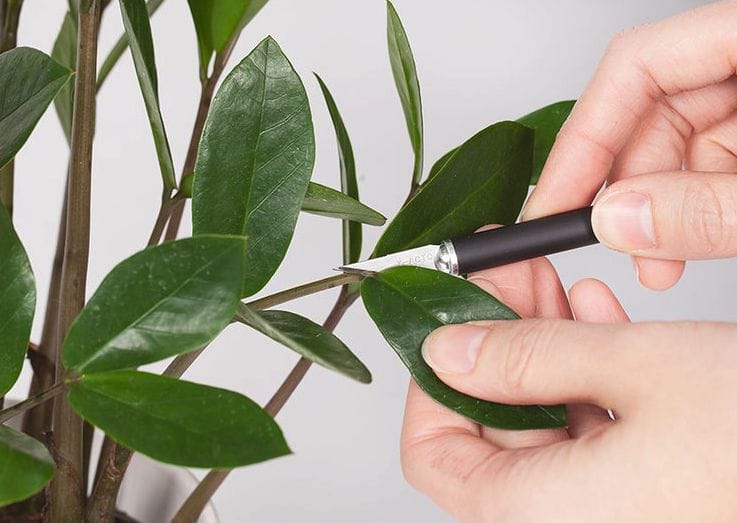Cardon Cactus Care: Growing The Giant Mexican Pachycereus Pringlei
The cultivation of the Cardon cactus, Pachycereus Pringlei, the monumental flora native to Mexico, presents a unique set of horticultural challenges that distinguish it from its cactaceous counterparts.
As the tallest cactus species in the world, its growth and maintenance demand specific environmental conditions, particularly concerning soil composition and hydration techniques. While the basic requirements include well-draining soil and minimal watering, the nuances of its care can greatly influence its health and longevity.
This discussion aims to explore these subtleties, raising questions about the best practices that may not only sustain but enhance the vigor of these desert giants. What might be the less obvious, yet critical considerations for cultivating such an imposing species?
Essential Care Overview

Understanding the essential care requirements for the Mexican Cardon Cactus is crucial for its successful cultivation and long-term health. This cactus, known scientifically as Pachycereus pringlei, demands specific practices to thrive.
Initially, water the plant moderately during its establishment phase to encourage root growth, but be cautious of overwatering which can lead to root rot. Utilizing a cactus-specific fertilizer sparingly can enhance its growth without causing nutrient overload. Soil conditions should be well-draining; a mix specifically designed for cacti is ideal to prevent water retention.
Additionally, transplanting should be considered every 3-4 years to accommodate the growing root system and to refresh the nutrient availability in the soil, ideally performed at the end of winter to minimize stress.
Light and Temperature Needs
While appropriate soil and watering are foundational, the Mexican Cardon Cactus also demands specific light and temperature conditions to flourish. This giant, native to arid environments, requires ample sunlight to thrive. Ideally, mature plants should be positioned to receive full sun exposure, which facilitates robust growth and flowering.
When cultivating younger plants, provide a regimen of filtered sunlight initially, shifting gradually to more direct light as they mature to prevent scorching. Temperature-wise, the Cardon Cactus is adapted to a broad range, tolerating lows just above freezing, but it thrives best in warmer conditions typical of desert climates.
Maintain these temperature conditions, particularly avoiding exposure to frost, which can be detrimental.
Watering and Nutrition Guidelines
Proper irrigation and nutritional practices are essential for the health and growth of the Mexican Cardon Cactus. This giant cactus requires careful watering strategies and minimal, yet specific, nutritional supplements to thrive in harsh desert conditions. Overwatering can lead to root rot, while underfeeding might stunt growth. Utilizing a balanced cactus fertilizer during the growing season can enhance robustness and flowering potential.
| Aspect | Recommendation | Frequency |
|---|---|---|
| Watering | Moderate, avoid soggy conditions | Initially weekly, then less frequently |
| Nutrition | Balanced cactus fertilizer | Bi-annually |
| Observation | Check soil moisture and plant health | Regularly |
Adhering to these guidelines will promote a healthy, flourishing Cardon Cactus.
Soil Requirements and Transplanting
The Mexican Cardon Cactus, Pachycereus pringlei, exhibits a remarkable ability to grow even without soil, thanks to its symbiotic relationship with specific bacteria. However, when soil is used, it should be well-draining to mimic its natural arid habitat. Transplanting these giants, though not frequent, is essential for their continued health and growth.
- Soil Type: Use a sandy, well-draining cactus mix to prevent water retention and root rot.
- Transplant Frequency: Repot every 3-4 years to refresh nutrients and inspect root health.
- Best Time for Transplant: Late winter or early spring, before the onset of the growth season.
- Post-Transplant Care: Delay watering for about a week to allow roots to heal and prevent rot.
Flowering Characteristics and Timing
Mexican Cardon Cactus, Pachycereus pringlei, typically blooms in the spring, showcasing its impressive three-inch long white flowers. These nocturnal blooms are not only a spectacle but also essential for reproduction, attracting pollinators like bats and large moths under the cover of darkness.
Post-pollination, the cactus bears fruit that is densely spiny and rich in pectin, an important resource for indigenous cultures. The timing of these flowering events is critical, often synchronized with the lunar cycle, which maximizes pollinator activity. Understanding this timing can enhance cultivation and conservation efforts.
As gardeners, recognizing the environmental cues that trigger blooming will help in providing excellent care for these majestic desert giants.
Conclusion
To sum up, nurturing a cardon cactus is akin to sculpting a masterpiece from the harsh desert itself.
By adhering to specific care guidelines such as providing the right amounts of light, temperature, and water, using well-draining soil, and applying fertilizer judiciously, the cardon cactus can flourish magnificently.
Regular transplanting and careful monitoring further enhance its growth and blooming capabilities, ensuring that this giant of the desert reaches its full, awe-inspiring potential.







